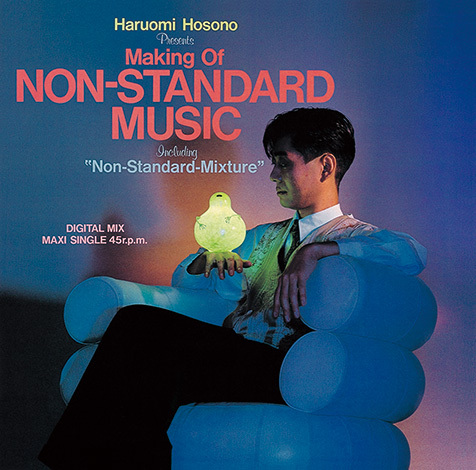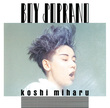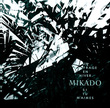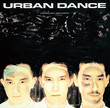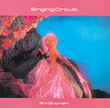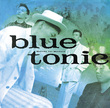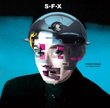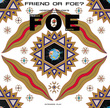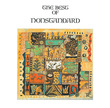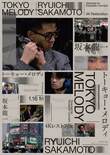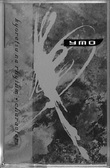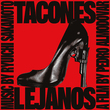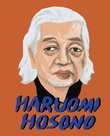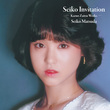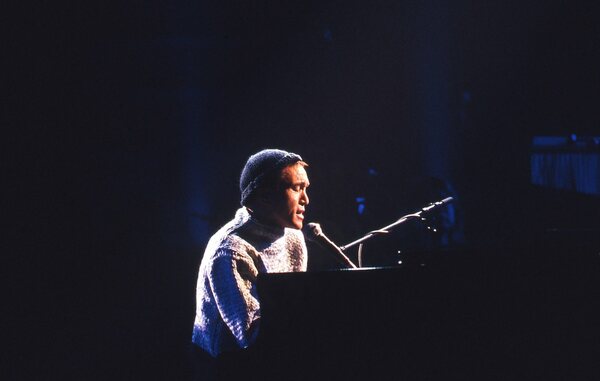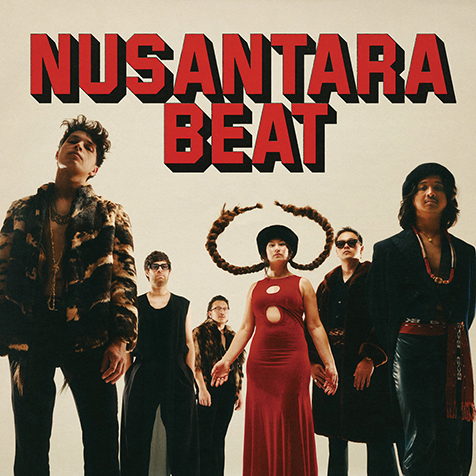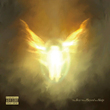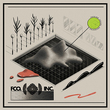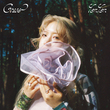The label representing a new era of Japanese techno pop in the 1980s.
Written by: Hitoshi Kurimoto
In 1984, the year after Yellow Magic Orchestra (legendary techno music group) magnificently broke up, or [fan-out] as they called it, Non-Standard label was launched as if starting the second chapter of Japanese techno pop, representing the new era.
The face of the label is Haruomi Hosono, one of the founder members of Y.M.O. The first release from the label was his 12 inch single, "Making of Non-Standard Music." The listeners who grabbed the piece may have been somewhat shocked; Its A-side includes a seven-minute deep electric funk and the B-side, on the contrary, includes rough and carefreely played synthesizer tones. Added to that, it accompanies a thick book full of manga and novels. It shows how motivated they were to the start the label. “S・F・X,” an unconventional piece released right after the said first could be regarded as an extension of the first album. The inorganic beats would eventually lead to the unit called F.O.E in the future. This period seems the most radical time for Hosono.
Though, the worldviews of the others on the roster of Non-Standard were a bit more pop. They were Y.M.O.’s children, so to speak: Shi-Shonen pursuing melodic techno pop, World Standard playing colorful stateless pops, Miharu Koshi astounding us with the fusion of urban dance, techno and classical music to sound the edgy new wave music. Also, artists such as Pizzicato Five and MIKADO from France joined the label, and you can feel the essence in a compilation album called “The Best of Non-Standard.”
The label practically stalled in only two years. In 1987, Blue Tonic, the UK jazz funk-ish hip band made their debut, but that was the sign of the demise of the label. However the label is something no pop maniac can ignore considering the facts that the label saw the transition of Hosono’s music from techno pop to world music, or the fact that the label brought into the spotlight Pizzicato Five who later went on to create the Shibuya-kei boom.


